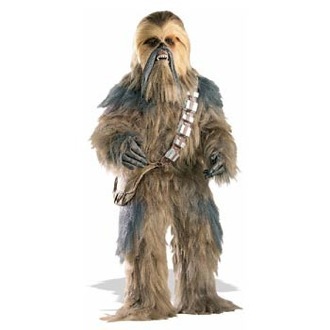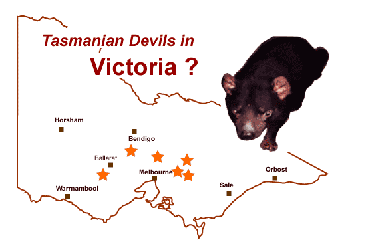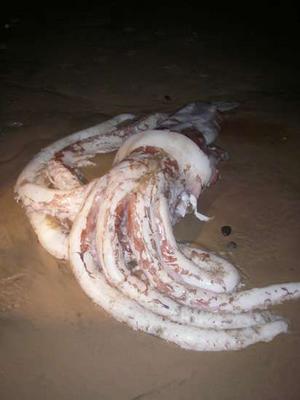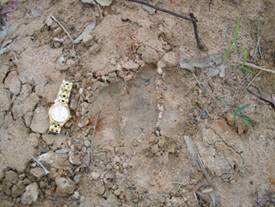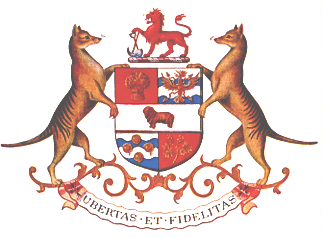``We looked into the valley and this strange animal was standing there, with three wedge-tail eagles circling above. It had a dirty grey coat with white stripes on its rib area. I thought, God, it's strange,'' he said.
``When it saw us it went into a crouching run and took off into the creek.''
Mr Cook said the animal was about 1m tall with a small head, long legs and a slim build. He said the tail was upright and hairless, unlike anything he had seen before.
``What I saw wasn't a fox, foxes don't stand that tall. It's a new kid on the block, I suppose,'' he said.
Liz Wylie also reported seeing a similar creature on her nearby property in Modewarre.
The mum-of-three yesterday said she saw a striped animal three months ago casually walk past her horse being held in a paddock.
``I know what foxes look like and I know what wild dogs look like. This wasn't either of those,'' she said.
Big cat researcher Simon Townsend said anything was possible but the animal was most likely a mangy fox.
``If it's showing stripes it may be suffering from problems with its coat,'' he said.
http://www.geelongadvertiser.com.au/article/2007/12/12/9642_news.html
